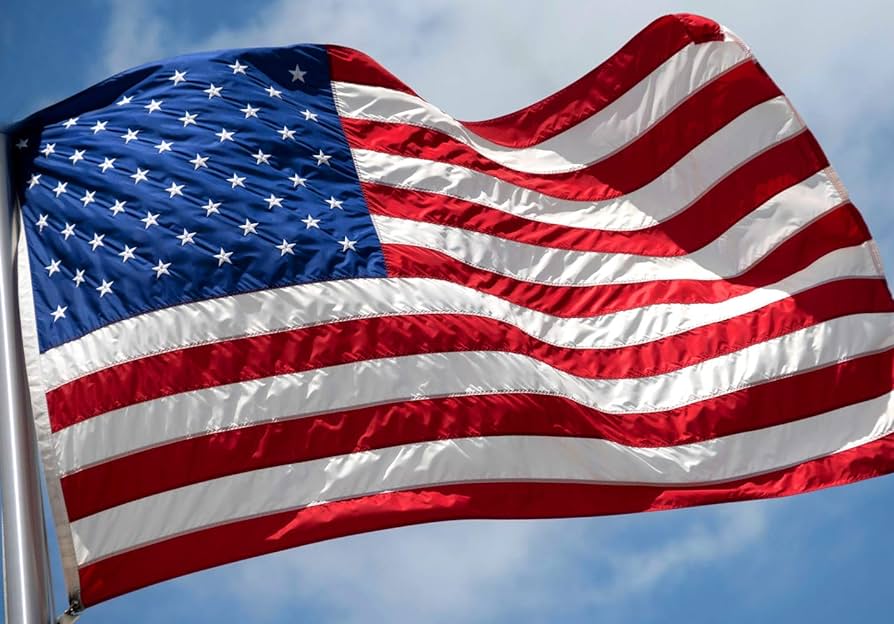
History of The American Legion
The American Legion: A Century of Service and Advocacy
The American Legion, an organization deeply woven into the fabric of American society, has played a pivotal role in advocating for veterans’ rights, promoting patriotism, and fostering a strong sense of community among those who have served in the U.S. Armed Forces. Since its inception in 1919, The American Legion has grown into the largest wartime veterans’ service organization in the United States. This article delves into the rich history of The American Legion, exploring its formation, evolution, notable achievements, and enduring legacy.
Origins and Founding
The seeds of The American Legion were sown in the wake of World War I, a conflict that saw the mobilization of millions of Americans. As soldiers returned home, there was a palpable need to provide support and camaraderie to those who had served. A group of American officers convened in Paris in March 1919, led by Lieutenant Colonel Theodore Roosevelt Jr., to discuss the formation of an organization that would champion the interests of veterans.
Their vision culminated in a caucus held in St. Louis in May 1919, where The American Legion was formally established. The organization was founded on four key pillars:
- Veterans Affairs & Rehabilitation
- National Security
- Americanism
- Children & Youth
These pillars have guided the organization’s mission and activities over the past century.
The Development of a National Presence
Shortly after its founding, The American Legion quickly gained momentum and established posts nationwide. The organization held its first national convention in Minneapolis in November 1919, where the guiding principles were solidified, and the first slate of national officers was elected.
One of the early, major achievements of The American Legion was its role in the drafting and eventual passage of the Servicemen’s Readjustment Act of 1944, commonly known as the G.I. Bill. This landmark piece of legislation provided veterans with various benefits, including educational grants, home loan guarantees and unemployment benefits. The G.I. Bill is often credited with shaping the post-war American middle class by facilitating higher education and homeownership for millions of returning veterans.
Advocacy and Legislation
Over the decades, The American Legion has been at the forefront of advocating for veterans’ rights on Capitol Hill. The organization has played a crucial role in the establishment of the U.S. Department of Veterans Affairs, ensuring that veterans receive the healthcare, benefits and support they deserve. The American Legion also champions a robust national defense, steadfast in its conviction that a strong military is essential for national security.
Patriotism and Americanism
A core tenet of The American Legion’s mission has always been the promotion of patriotism and civic duty. Through various programs and initiatives, The American Legion instills a sense of national pride and responsibility in the American populace. Activities such as Boys State and Girls State educate young people about the workings of government and the importance of active citizenship.
The organization also spearheads community activities that encourage flag respect and proper flag etiquette, and it supports observances of Memorial Day, Veterans Day and other significant national holidays. The American Legion’s Oratorical Contest promotes public speaking abilities and an understanding of the U.S. Constitution among high school students, furthering the appreciation of democratic principles.
Support for Children and Youth
The American Legion has always recognized the importance of investing in future generations. The organization provides scholarships, supports youth sports programs and promotes safety and educational initiatives for children. Programs like American Legion Baseball and the Legion’s Junior Shooting Sports Program offer young people opportunities to develop their skills and build character.
Evolution and Adaptation
As society and the needs of veterans have evolved, so too has The American Legion. Initially organized around the needs of World War I veterans, the organization has continually adapted to serve veterans from World War II, the Korean War, the Vietnam War and more recent conflicts in the Middle East and other regions. The American Legion’s efforts increasingly focus on addressing issues such as post-traumatic stress disorder (PTSD), the needs of female veterans and the challenges faced by returning servicemembers adapting to civilian life.
The American Legion Today
Today, with more than 2 million members and over 12,000 posts worldwide, The American Legion remains a cornerstone of support for veterans, service members and their families. The organization’s programs and advocacy efforts continue to reflect its commitment to the four foundational pillars established over a century ago.
In recent years, The American Legion has been actively involved in addressing some of the most pressing issues facing veterans today. It has played a significant role in the push for comprehensive mental health care for veterans, improved healthcare services and addressing homelessness among veterans. The organization also champions policies and initiatives that support military families and enhance the quality of life for those who have served.
The American Legion stands as a testament to the enduring spirit of service and dedication to country. For over a century, it has been a fierce advocate for veterans, a promoter of patriotism and a community-builder. As it continues to evolve to meet the needs of future generations of veterans, The American Legion’s legacy of service, honor and commitment remains unwavering. Its profound impact on individuals, communities and the nation as a whole ensures that its relevance and importance will persist for many years to come.

